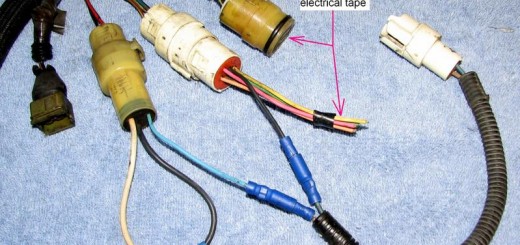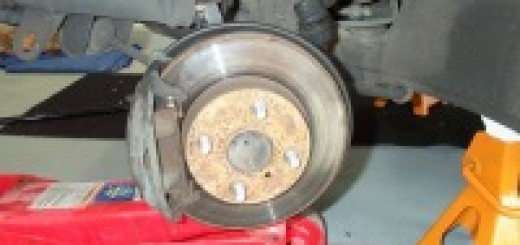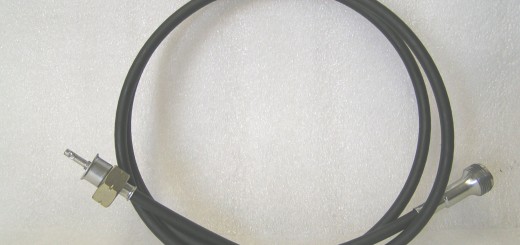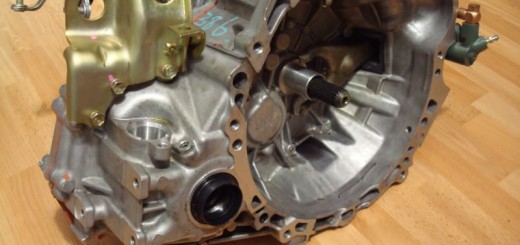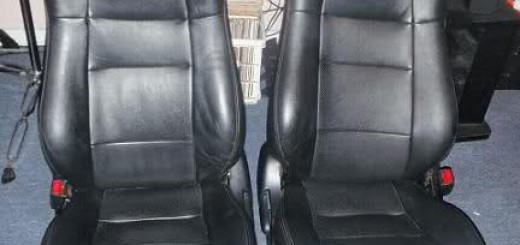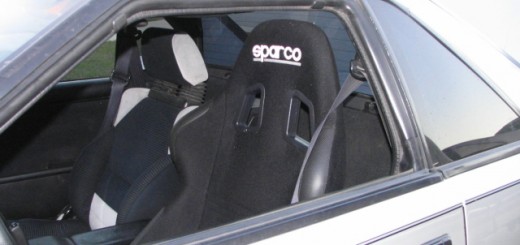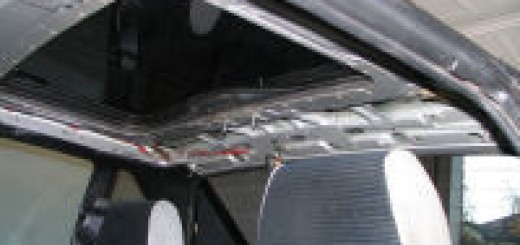First Generation MR2
The small and light MR2, chassis code AW11, was something no one had expected from Toyota, known for their economical and practical cars. The two-seat MR2 was definitely not practical as a family car, but the design criteria were different from that of most previous cars. Cars with a similar design and the same concept were the Lancia Beta Montecarlo, Fiat X 1/9 and the exotic Lancia Stratos, all produced in the 70s. The most important features of the AW11 were its light body (as low as 2,200 lb (998 kg) in Japan and 2,350 lb (1066 kg) in the US), superior handling and lightly powered, small-displacement engine. Toyota’s cooperation with Lotus during the prototype phase can be seen in the AW11, and it owes much to Lotus’s legendary sports cars of the 1960s and 1970s.
As a powerplant, Toyota chose to use the naturally aspirated 4A-GE 1587 cc I4 engine with Double overhead camshafts, which allowed the use of 16 valves for a better gas flow through the combustion chamber. The engine was also equipped with DENSO electronic multi-point fuel injection and a variable intake geometry (T-VIS), giving the engine a maximum power output of 128 hp (95 kW). US engines were rated at 112 hp (84 kW), European engines at 124 hp (93 kW), Australian engines at 118 hp (88 kW) and Japanese engines at 130hp (97 kW). The engine had already been introduced earlier on the Toyota AE86, gathering a lot of positive publicity. There was also a JDM model AW10 which used the more economical 1452 cc 3A-U engine, but it didn’t gain too much popularity. Some versions were also fitted with automatic climate control.

